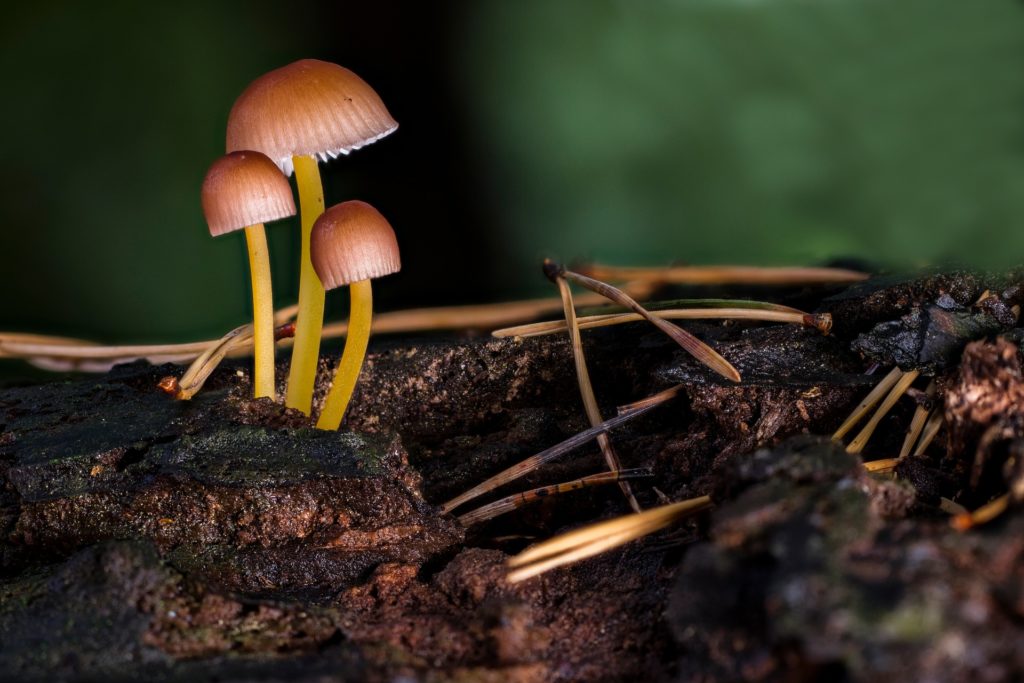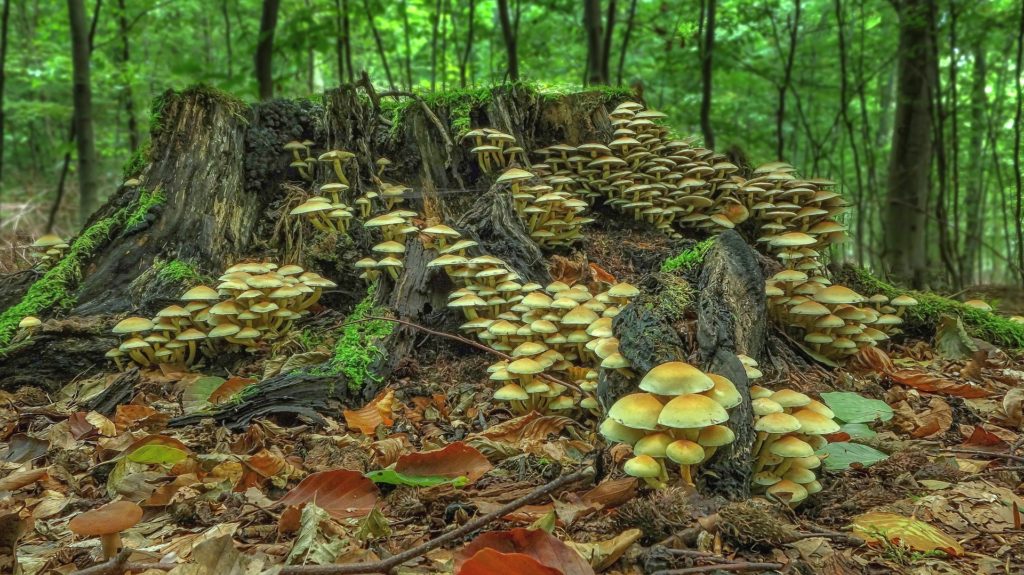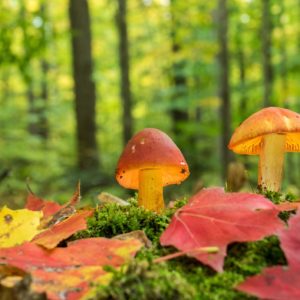Wood Wide Web
The Wood Wide Web
Forests have always been a natural wonder. A peaceful landscape we gravitate to when we need an escape from the city. Also, a shelter for wildlife with many secrets we have yet to discover. Suzanne Simard shares this fascination with everyone else—but she actually sought answers—and now after decades of research, the world can know this quiet ecosystem has a semblance of sentience.
The trees in the forest are actually a community, and very much like our own communities. Noticeably, when walking through a forest, you hear the birds singing, squirrels scavenging, the sounds of a nearby creek, but you don’t ever hear the trees rummaging about. Although, they’re always communicating. Simard grew up in the old growth forests in British Colombia. By accident, as a child, she discovered an entire web of mycelia beneath the forest floor. Mycelia is fungi, the mushrooms we recognize on the forest floor are merely the fruiting bodies of the mycelium. This underground network of fungi has now become Simard’s life work, and the discoveries she has made are ground breaking. (Pun intended.)

courtesy of Pixabay
The Secret Life of Forests
It turns out that these mycelium networks are incredibly vast. Every footstep you take could have kilometers of mycelia beneath them. Scientists have now nicknamed this network “the wood wide web” in its very similar structure to the internet! This web is a highway of information for forests to communicate, cooperate, warn and share with each other. Without this network, our forests wouldn’t survive. These fungal information highways are connecting Mother trees to saplings, sharing their wisdom and genetics. Also, the trees accept phosphorus and nitrogen from the mycelium and in return the trees provide the fungi with sugars. A symbiotic relationship that has developed over centuries, and we’re still learning so much.

courtesy of Pixabay
Surprisingly, Simard was scrutinized by the scientific community for her ideas. She had a difficult time getting proper funding to make this discovery a reality in biology. That being said, she did manage to get enough to supply herself with a white suit, an aspirator, and ended up borrowing equipment from the university. With little help and a tonne of perseverance, she planted her saplings and got to work. Her findings are now being praised throughout the scientific community and mycologists are receiving a lot more attention.
Forest conservation has always been a priority, but this discovery is going to change the way we view our methods. Above all, knowing firmly that it depends on the trees we cut, what area we cut and how we cut is forcing developers to reconsider their strategies. Suzanne Simard firmly believed that there was far more in the forest than what we can see, and she was right. The wood wide web is just another great reason to protect our forests.
Fun(gi) Facts
- Mushrooms are genetically closer to humans then they are to plants.
- One of the largest organisms on the planet is a Honey Mushroom in Oregon, spanning 2,400 acres.
- The miracle antibiotic Penicillin derives from fungi!
- Mushrooms are 90% water.
- Fungi doesn’t require sunlight to produce food for themselves.



